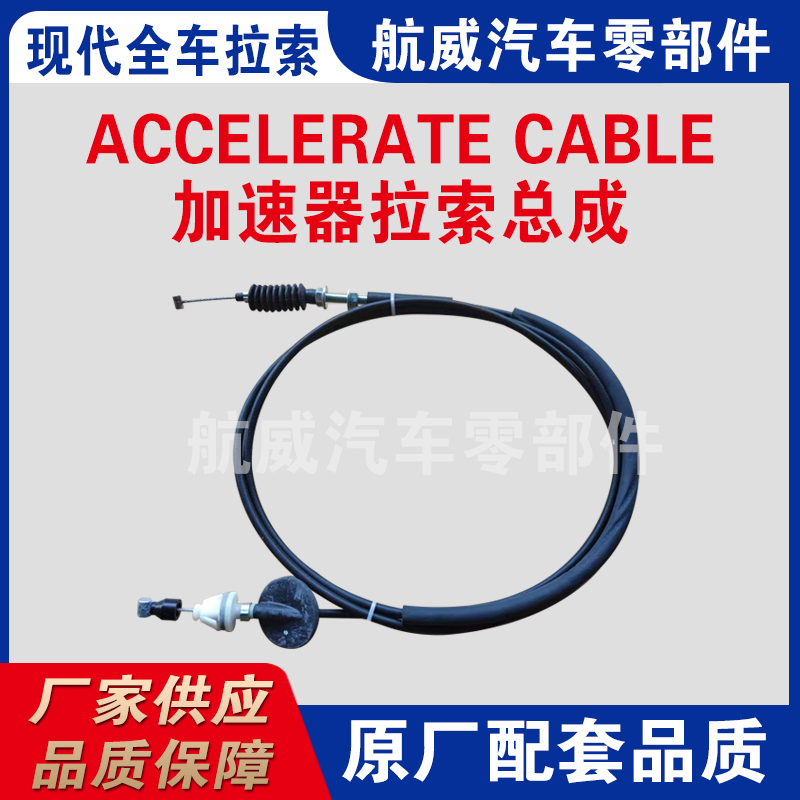Exploring the Mechanisms and Applications of Clutch Pipe in Automotive Engineering and Design
Understanding Clutch Pipe Importance, Functionality, and Maintenance
In the world of automotive engineering, certain components play critical roles in the overall performance and efficiency of a vehicle. One such vital part is the clutch pipe. Clutch pipes, often referred to as hydraulic lines or hoses, are integral to the functionality of a vehicle's clutch system, enabling smooth gear shifts and effective power transmission from the engine to the transmission.
What is a Clutch Pipe?
A clutch pipe is a specific type of hydraulic line that connects the clutch master cylinder to the clutch slave cylinder in a vehicle. As part of the hydraulic clutch system, the clutch pipe is responsible for transmitting hydraulic fluid under pressure, which assists in disengaging and engaging the clutch. This process is crucial during gear changes, as it allows the engine to decouple from the gearbox, permitting smooth transitions between gears without grinding or jerking.
Importance of Clutch Pipes
The importance of clutch pipes cannot be overstated. They ensure that the hydraulic pressure created by the clutch master cylinder is effectively transferred to the slave cylinder. This pressure is what allows the clutch to disengage when the driver presses the clutch pedal, enabling them to change gears without causing severe wear or damage to the transmission system.
Moreover, the design and durability of the clutch pipe directly influence the overall reliability of the vehicle. A well-maintained and leak-free clutch pipe contributes to consistent performance, while a damaged or corroded pipe can lead to hydraulic fluid leaks, making it difficult or impossible to engage or disengage the clutch effectively. This can lead to slipping clutches, difficulty in shifting gears, and in severe cases, complete clutch failure.
Common Issues with Clutch Pipes
Like any other component in a vehicle, clutch pipes are susceptible to wear and damage over time
. Common issues that may arise include1. Leaks One of the most prevalent issues with clutch pipes is leaking hydraulic fluid. Over time, heat, corrosion, and mechanical stress can cause the pipes to develop leaks, leading to a drop in hydraulic pressure and potential clutch failure.
clutch pipe

2. Blockages Debris or contamination within the hydraulic fluid can lead to blockages in the clutch pipe. This can impede fluid flow, resulting in delayed engagement or disengagement of the clutch.
3. Cracks or Breaks Clutch pipes, particularly those made from rubber, can develop cracks or breaks due to age or excessive heat. Such damage can lead to sudden failure, leaving the driver unable to shift gears.
Maintenance Tips
To ensure the longevity and proper functioning of the clutch pipe, regular maintenance is imperative. Here are some essential tips
- Inspect Regularly Regularly check the clutch pipe for visible signs of wear, such as cracks, leaks, or corrosion. Early detection of problems can prevent costly replacements and ensure the clutch system operates efficiently.
- Check Fluid Levels Regularly monitor the hydraulic fluid levels in the master cylinder reservoir. Low fluid levels can indicate leaks, necessitating further investigation.
- Flush and Replace Hydraulic Fluid Over time, hydraulic fluid can become contaminated. Flushing and replacing the fluid according to the vehicle manufacturer’s recommendations can help maintain the clutch system's efficiency.
- Professional Inspection If issues persist, it’s wise to consult with a professional mechanic. They can perform a thorough inspection and diagnose any underlying problems with the clutch pipe or the entire hydraulic clutch system.
Conclusion
In summary, the clutch pipe plays an indispensable role in the functionality of a vehicle's clutch system. Understanding its importance, potential issues, and maintenance methods can help vehicle owners ensure that their clutches operate smoothly and effectively. By adhering to regular inspection and maintenance schedules, drivers can avoid common pitfalls and enjoy a safe and reliable driving experience.
-
Workings of Clutch Pipe and Hose SystemsNewsJun.04,2025
-
The Inner Workings of Hand Brake Cable SystemsNewsJun.04,2025
-
The Secrets of Throttle and Accelerator CablesNewsJun.04,2025
-
The Hidden Lifeline of Your Transmission Gear Shift CablesNewsJun.04,2025
-
Demystifying Gear Cables and Shift LinkagesNewsJun.04,2025
-
Decoding Clutch Line Systems A Comprehensive GuideNewsJun.04,2025
